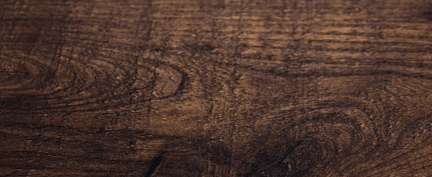The shousugiban method is a controlled burn-in and is therefore said to be unique wood products. The technique originates from the centuries-old traditions in Japan. Coal is made of the unique surface layer and the texture and colour of the wood reflects the primal power of the fire. Through shousugiban, all types of wood have their own structure and there are different areas of application. Special pieces of furniture are possible or aesthetic and sustainable facade clothing.
What to consider for shousugiban?

Coniferous wood is burned on one side of the technique and three boards are always tied together to the chimney. At the lower end, the fire is then ignited and in Japanese wooden houses the facade elements are provided with the fire-retardant coal layer. In Japan, the technology is still used, even in modern buildings. The beauty of the black burnt wood then also came to Europe. The expertise is centuries old and this is combined with a passion for fire and wood. Today, many modern technologies are also used and with special furnaces the wood can be burned in a controlled manner today. There are therefore uniform technical specifications and there is homogeneity. Often, however, the ancient, old variant of wood preservation is also used. The wood is thus protected against insects and rot and with the controlled charring the material is preserved. Thanks to the coal, there is natural protection against vermin and fungi. After treatment with shousugiban, chemical wood preservatives and paints are no longer necessary.
Important information about shousugiban
The terms yakisugi and shousugiban describe a Japanese traditional technique of how wood is charred in a controlled manner. Basically, the Japanese cedar wood is used and the facade should last up to eighty years without post-treatment. At first it sounds a bit strange that material is deliberately destroyed and that it becomes resistant. With the controlled combustion, the surface of wood is carbonated and subsequently often sealed with oil. Destruction creates resilience and strength in shousugiban. After carbonation, the wood then shimmers silvery-black. Depending on the degree of carbonation, the surface is then less or more scarred. Many furniture designers or architects relied on the dramatic look and the trend from Japan is often followed. By chance, the technology was discovered by the Japanese and the wooden structures damaged by fire became significantly more fire-resistant in the new fire. It was found that the carbon layer also protects against mould, insects and water.
The GoodWood GmbH has made interesting offers in this area

